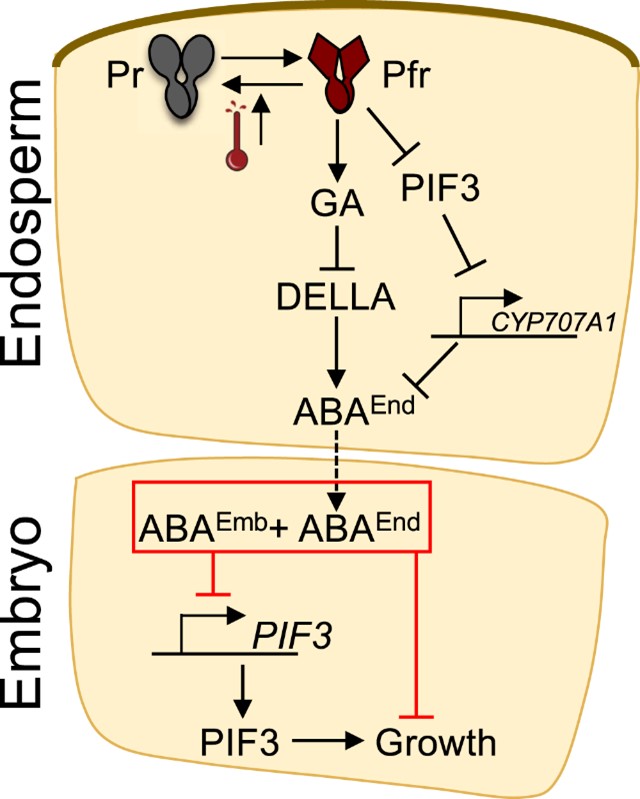
Unveiling the hot secrets of seed thermoinhibition: The endosperm’s role in plant survival
Plant Science Research WeeklyAn important phase in a plant’s life cycle is transforming from embryo to seedling, when it transitions from a protected space inside the seed to a vulnerable seedling. The capacity of the seedling to tolerate its surroundings determines its survival and eventual reproductive success. In addition to…
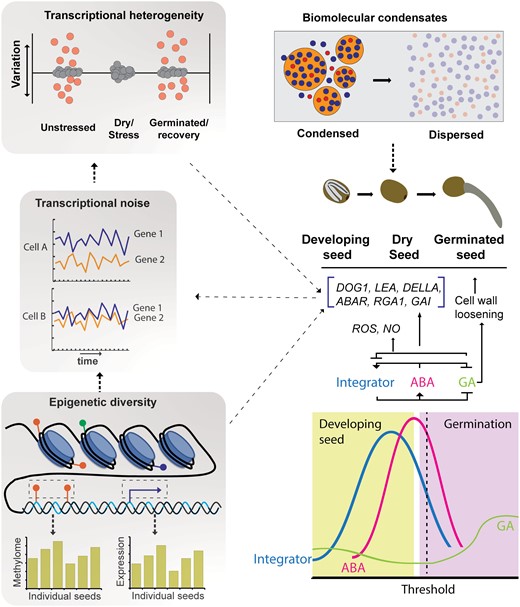
Review: Why don't genetically identical seeds germinate at the same time?
Plant Science Research WeeklyIf you've ever conducted a germination experiment, you've probably asked yourself: what causes seeds to germinate at different times? The most obvious answer would be to point to genetic differences, but this phenomenon also occurs in genetically identical seeds. In this exciting paper, Sharma and Majee…
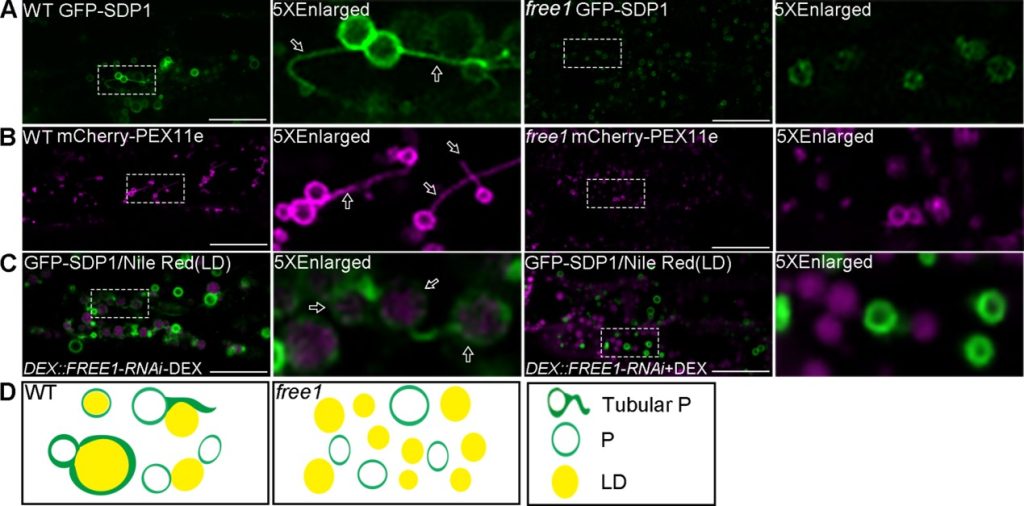
A plant unique ESCRT component functions in peroxisome-mediated lipid droplet turnover
The Plant Cell: In a NutshellHuang et al. demonstrate a novel role–and the underlying mechanism–for FREE1 in regulating LD turnover. Plant Cell. https://doi.org/10.1093/plcell/koac195
Background: Lipid droplets (LDs) are major reservoirs providing energy and lipids for seedling establishment. In vascular plants, the peroxisome-localized…
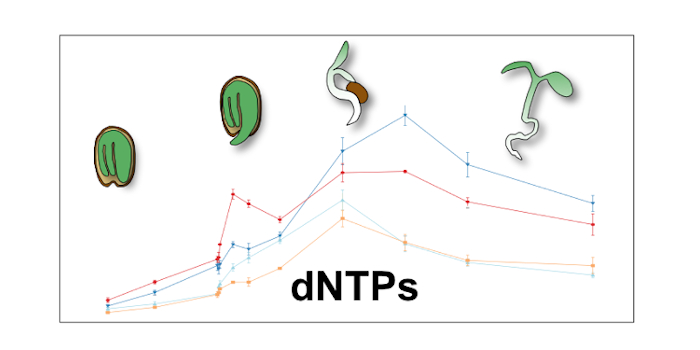
Germination and seedling establishment – Let’s get this par-‘T’ started!
The Plant Cell: In a NutshellNiehaus et al. explore the nucleotide metabolome of germinating seeds
By Markus Niehaus1, Henryk Straube1 and Marco Herde1
1Leibniz Universität Hannover, Department of Molecular Nutrition and Biochemistry of Plants
Background: All living organisms, including plants, possess DNA and rely on…
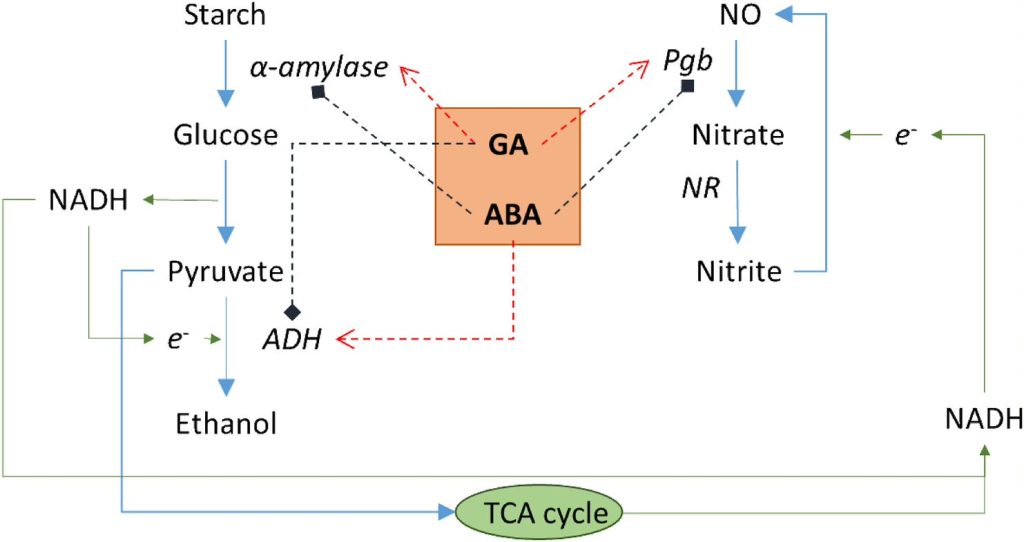
Anaerobiosis modulation of two phytoglobins in barley (Hordeum vulgare L.), and their regulation by gibberellin and abscisic acid in aleurone cells (Plant Physiol. Biochem)
Plant Science Research Weekly
Barley seeds are anoxic, and during germination pathways are induced to allow energy to be obtained without oxygen. Phytoglobins (Pgb) are hypoxia-induced proteins that are involved in energy metabolism during germination through the Pgb-NO cycle, an alternative pathway to fermentation. In the…
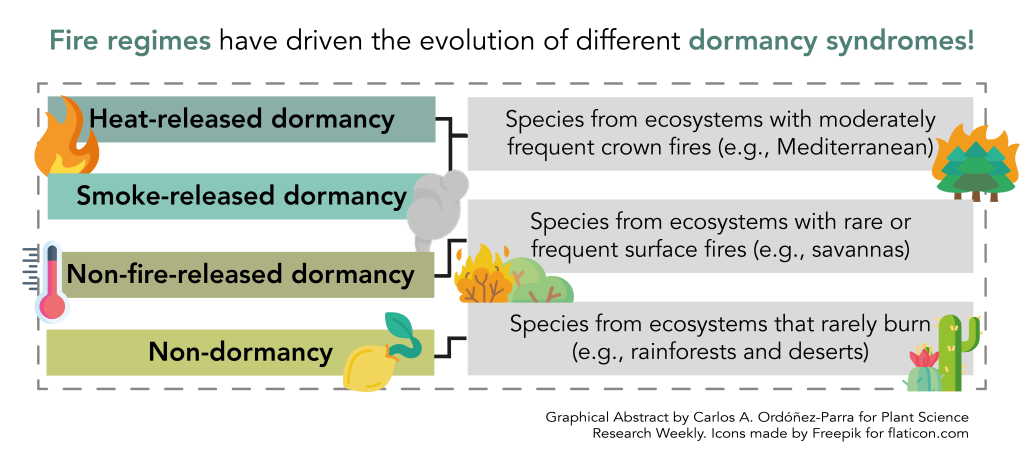
Review: Fire-released seed dormancy - a global synthesis (Biol. Rev)
Plant Science Research WeeklyIn 1991, Jon E. Keely wrote the first review about the role of fire as a dormancy-breaking cue in California's Mediterranean ecosystems. In this review, almost 30 years after Keely's work, Pausas and Lamont provide us with an updated and worldwide vision of the subject. Four dormancy syndromes and their…
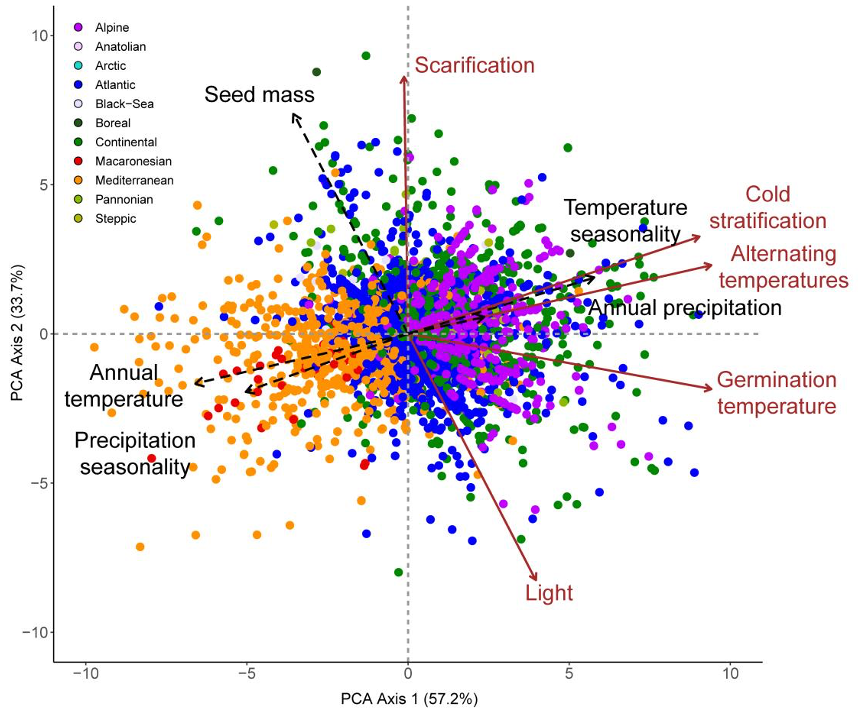
Climate shapes the seed germination niche of temperate flowering plants: a meta-analysis of European seed conservation data (Ann. Bot.)
Plant Science Research WeeklyThe seed germination niche is the set of environmental conditions in which a seed can germinate. This collection of requirements is expected to be tuned to the climate each species encounters in its natural habitat, but this hypothesis remains to be formally tested. Here, Carta and colleagues make use…
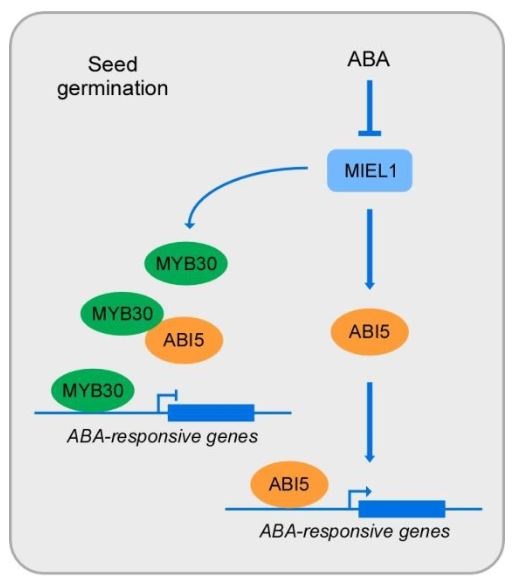
The MIEL1-ABI5/MYB30 regulatory module fine tunes abscisic acid signaling during seed germination (JIPB)
Plant Science Research WeeklyAbscisic acid (ABA) is a phytohormone that plays a crucial role in the inhibition of seed germination, and the transcription factor ABI5 is the final and common downstream factor that represses germination. Many proteins are known to inhibit ABI5, such as the mediator complex subunit MED25 or other transcription…
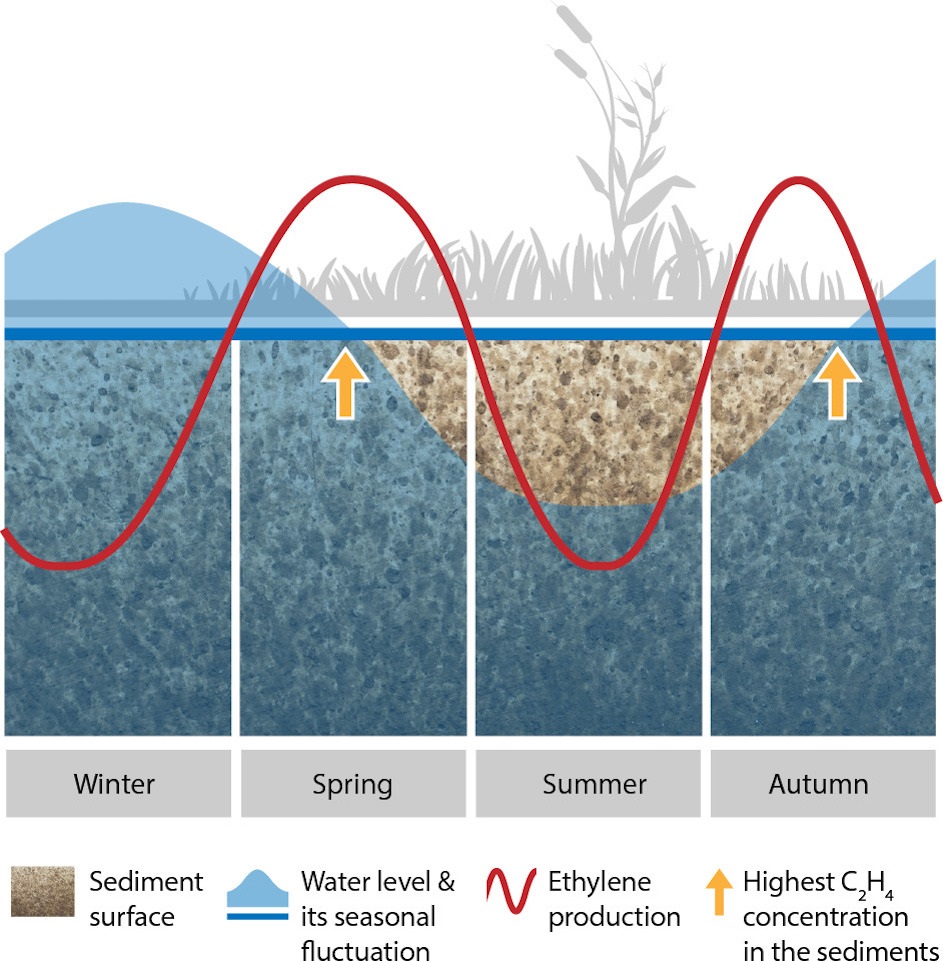
The sweet and musky scent of home: biogenic ethylene fine-tunes seed germination in wetlands (Plant Biol.)
Plant Science Research WeeklyLight, temperature, substrate moisture and oxygen availability are renowned germination triggers for wetland species. However, wetlands sediments are a significant source of gases that might shape the species germination behavior, such as ethylene –a renowned germination promoter. Still, little is…

